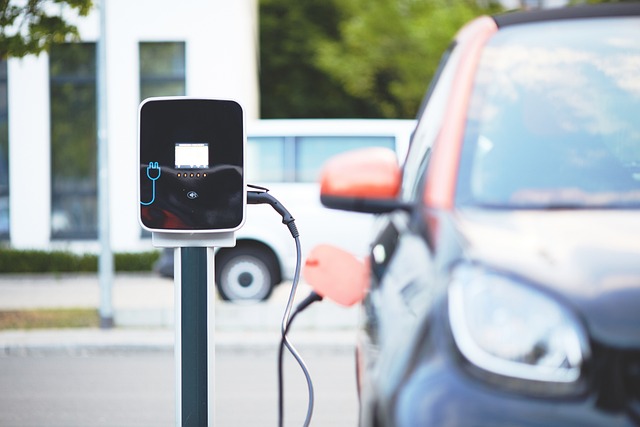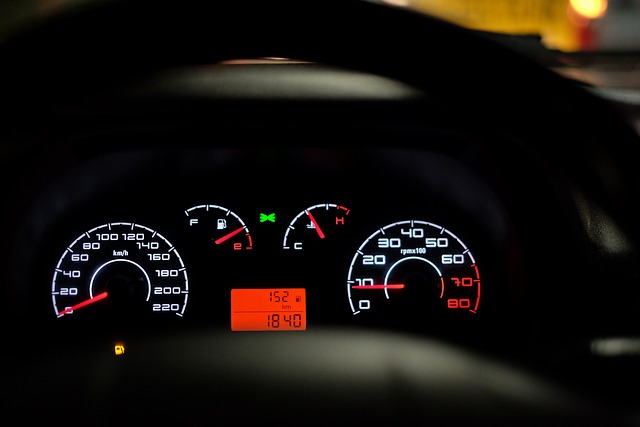The Vehicle Identification Number (VIN), a 17-character code, uniquely identifies every vehicle globally, providing make, model, year, and production facility details. Verifying this VIN through reliable services offers transparency into a car's history, including accident records, service histories, and recalls, empowering informed purchasing decisions and enhancing automotive market trust. Convenient verification options include auto dealerships and community centers, making it easier than ever to confirm a vehicle's integrity and history by checking its unique VIN number.
A Vehicle Identification Number (VIN) is a critical sequence of characters that acts as a unique fingerprint for your car, truck, or motorcycle. Verifying this number is essential for ensuring vehicle authenticity, history, and safety. This article guides you through convenient and secure spots to inspect a VIN, from local DMV offices to specialized automotive service centers. We’ll also explore alternative methods using online tools and mobile apps, empowering you to verify your vehicle’s identity efficiently.
- Understanding the VIN Number and its Importance
- – Definition of a Vehicle Identification Number (VIN)
- – Purpose and significance of verifying a VIN
- Convenient Locations for VIN Inspection
Understanding the VIN Number and its Importance

The Vehicle Identification Number (VIN) is a unique code that serves as a fingerprint for every car, truck, or SUV manufactured worldwide. It’s a 17-character alphanumerical sequence designed to verify and identify specific vehicle attributes, including its make, model, year, and production facility. This information is vital for several reasons when it comes to buying, selling, or maintaining a vehicle.
For instance, when you purchase a used car, verifying the VIN through a reliable service can help ensure that the vehicle’s history is accurate and free from any discrepancies. It provides transparency, enabling buyers to access crucial data like accident records, service histories, and potential recalls. Thus, knowing how to locate and verify a VIN number is essential for making informed decisions about your automotive investments.
– Definition of a Vehicle Identification Number (VIN)

The Vehicle Identification Number (VIN) is a unique code assigned to every motor vehicle, serving as its fingerprint in the automotive world. It’s a 17-character alphanumeric sequence that holds a wealth of information about the car, including its make, model, year, and even manufacturing details. By verifying the VIN number, individuals can gain access to crucial data that helps them authenticate a vehicle’s history, ensuring it meets safety standards and isn’t stolen or fraudulently modified.
This process is particularly important for buyers looking to invest in a reliable used car. With just a few simple steps, one can check the VIN against various databases to uncover details such as accident history, maintenance records, and any reported issues, making an informed decision about their purchase. It’s a straightforward yet powerful tool for anyone aiming to verify a vehicle’s integrity and identity.
– Purpose and significance of verifying a VIN

The Vehicle Identification Number (VIN) is a unique code that serves as the fingerprint of any car, truck, or SUV. It’s not just a random sequence of letters and numbers; it holds immense value in the automotive industry and for vehicle owners alike. When you verify a VIN, you’re engaging in a critical process that ensures the authenticity and history of a vehicle. This verification is crucial when buying or selling a car to prevent fraud, theft, or misrepresentation.
A valid VIN inspection provides insights into various aspects of a vehicle’s past, including its original manufacturer, production date, model year, and even previous owners. It’s a powerful tool for ensuring safety, especially when checking for recall issues or potential mechanical problems. Moreover, verifying a VIN helps build trust between buyers and sellers, fostering a transparent market where everyone can make informed decisions.
Convenient Locations for VIN Inspection

When it comes to convenient locations for verifying a vehicle’s VIN (Vehicle Identification Number), there are several options that make the process quick and hassle-free. Many auto dealerships, both new and used, offer free VIN checks as a service to their customers. These establishments have the necessary tools and expertise to verify the VIN accurately, making them excellent choices if you’ve recently purchased a vehicle or are considering buying one.
Additionally, some community centers, public libraries, and even certain government offices provide VIN verification services for a nominal fee. These locations often attract less traffic than dealerships, offering a more relaxed environment for getting your VIN checked. With the growing importance of accurately identifying vehicles, many of these services have become readily available, making it easier than ever to confirm your vehicle’s history and authenticity.
When it comes to convenient VIN inspection spots, understanding where to look makes the process quick and hassle-free. Whether at a trusted dealership, an independent repair shop, or even some local DMV offices, verifying your vehicle’s VIN number is crucial for ensuring its authenticity and history. By taking advantage of these accessible locations, you can efficiently cross-reference and confirm key information about your car, providing peace of mind and enhancing your overall ownership experience.



